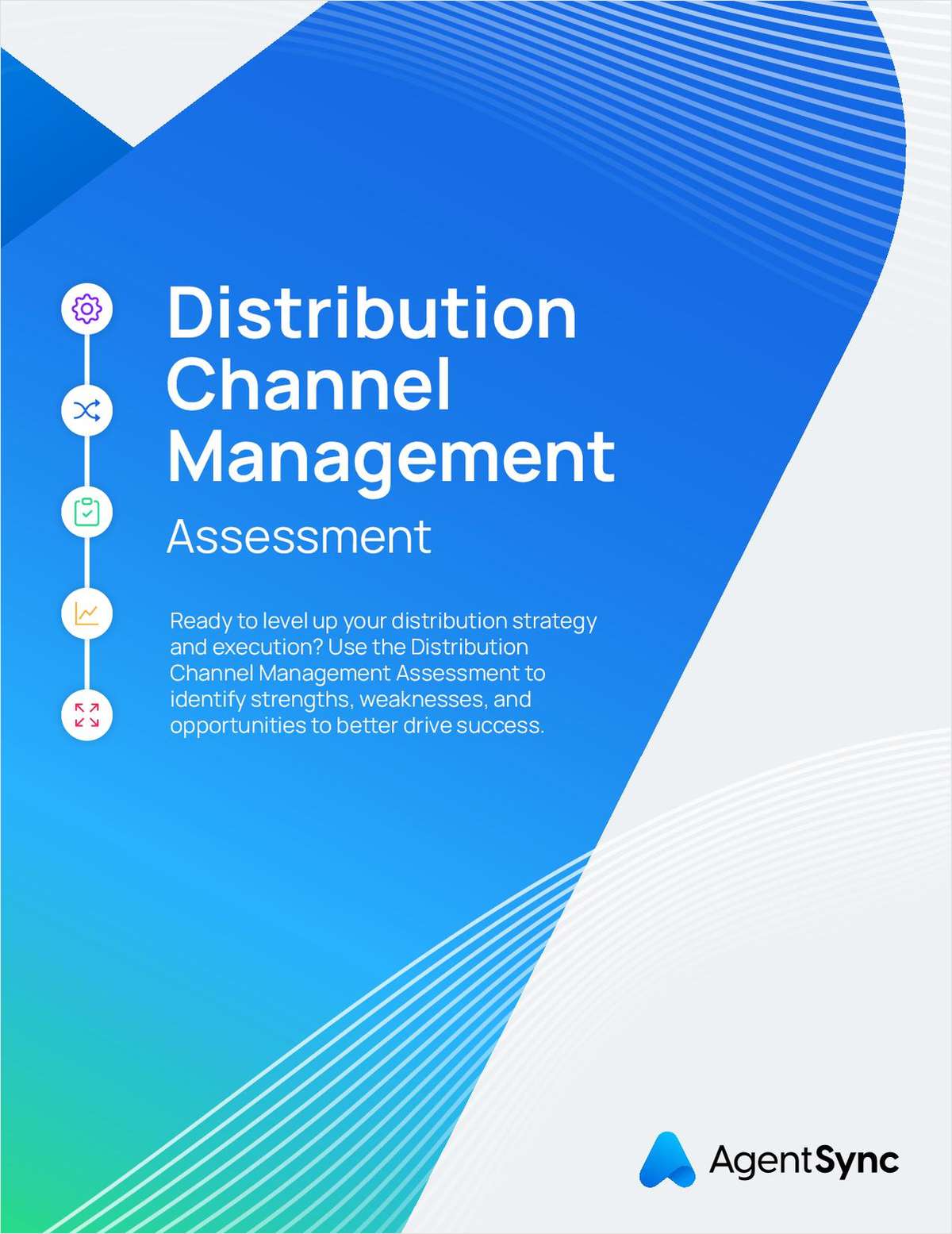AIR Worldwide has updated its Earthquake Model for Japan following the Tohoku earthquake of March 2011.
The new model implements the ground motion data, damage observation and claims information gathered after Tohoku, a magnitude 9.0 quake that set off a massive tsunami off the Japanese coast and caused an estimated $30.7 billion in insured losses, according to AIR.
"AIR seismologists undertook an intensive reexamination of information from various sources, including physical and statistical models that calculate how the Tohoku rupture affected stress accumulation on nearby faults," said Jayanta Guin, senior vice president of research and modeling at AIR Worldwide.
"The Tohoku event had important implications for our understanding of seismic risk in Japan and has also highlighted the importance of explicitly modeling earthquake-associated perils like tsunami and liquefaction."
Tohoku, the largest earthquake ever recorded in Japanese history, changed the way the world sees earthquakes in the region. For example, after the disaster, scientists found that claims data revealed wood construction to be more vulnerable than previously considered. Because a vast majority of residential structures are wood, this knowledge has impacted AIR's Japan risk profile.
"Going far beyond simply revising rupture occurrence probabilities in the existing model, AIR's updated model reflects a new understanding of the complex network of plate boundaries and crustal faults that underlie the Japanese archipelago," said Guin.
The model reflects subduction zone segmentation, the possibility of multisegment ruptures and a new formulation of the interaction between the Pacific and Philippine tectonic plates sitting beneath the Kanto Plain, which is home to Tokyo and other large exposure concentrations.
AIR has also revised its prediction of losses due to ground shaking, fire, liquefaction and tsunami. Liquefaction- in which saturated sand or soil is converted into a liquid by an earthquake- deformed street, sidewalks, train tracks and underground pipes around Tokyo Bay and along the Tone River.
The modeling company says that it has produced the industry's first probabilistic tsunami modeling program, using inundation depth, water velocity, debris and levee strenght to capture both a tsunami's development and the ways its behavior may change as it approaches shore.
"The Tohoku earthquake triggered new research in the seismological community, which AIR has closely followed," concluded Guin. "This update incorporates those new findings into a robust, scientifically sound, and extensively validated model, providing clients with a forward-looking view of earthquake risk assessment in Japan."
Claims data taken by AIR following Tohoku implements possible shake, tsunami, liquefaction and fire damage losses across lines of business including personal accident, marine hull, cargo and industrial facilities.
The updated Earthquake Model for Japan is available in AIR's Touchstone(TM), CLASIC/2(TM), and CATRADER® platforms.
Want to continue reading?
Become a Free PropertyCasualty360 Digital Reader
Your access to unlimited PropertyCasualty360 content isn’t changing.
Once you are an ALM digital member, you’ll receive:
- Breaking insurance news and analysis, on-site and via our newsletters and custom alerts
- Weekly Insurance Speak podcast featuring exclusive interviews with industry leaders
- Educational webcasts, white papers, and ebooks from industry thought leaders
- Critical converage of the employee benefits and financial advisory markets on our other ALM sites, BenefitsPRO and ThinkAdvisor
Already have an account? Sign In Now
© 2024 ALM Global, LLC, All Rights Reserved. Request academic re-use from www.copyright.com. All other uses, submit a request to [email protected]. For more information visit Asset & Logo Licensing.








